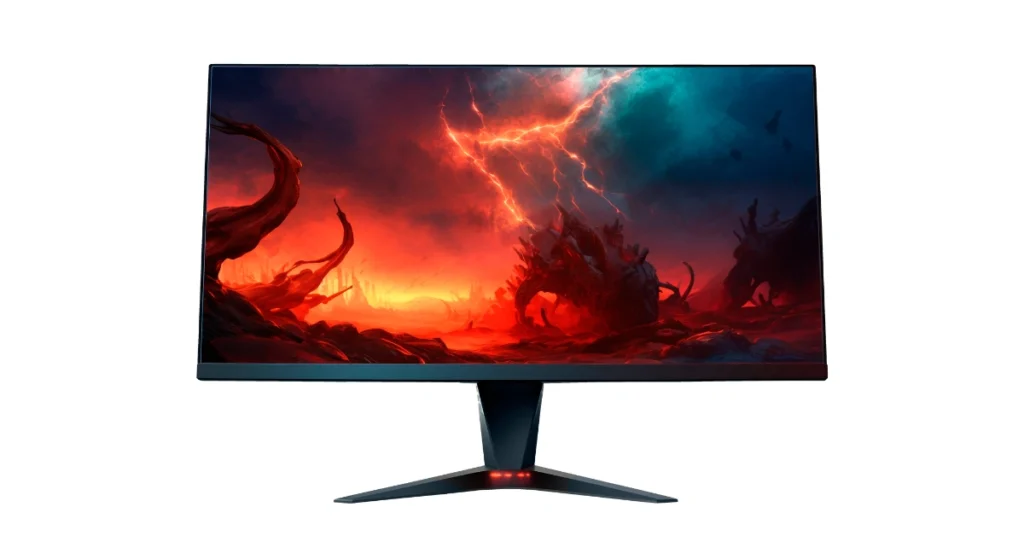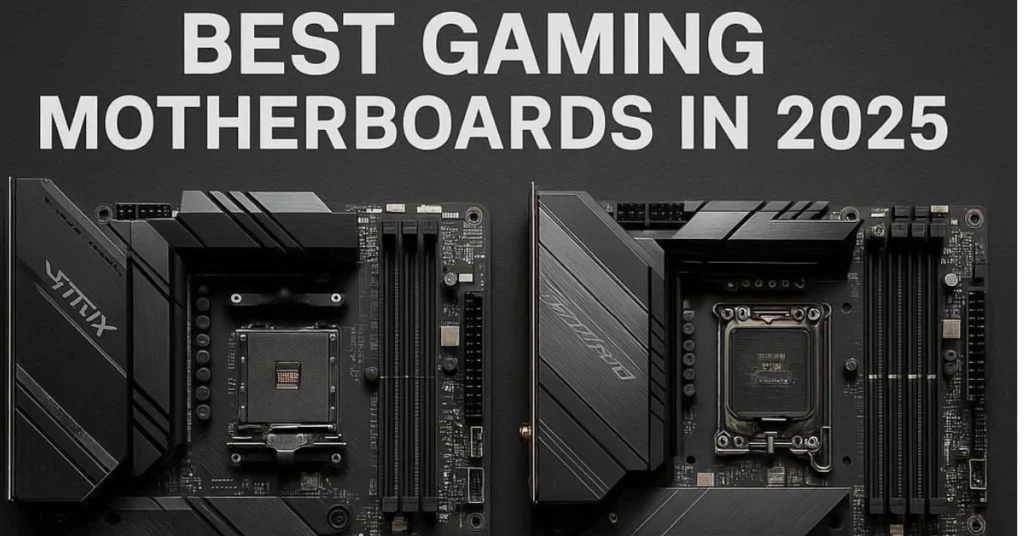The world of gaming monitors has been moving at a breakneck pace. From the leap to 144 Hz, then 240 Hz, and more recently 360 Hz and 500 Hz panels, competitive gamers have witnessed a new standard emerge every few years. Now, AntGamer is releasing a 1,000 Hz gaming monitor next year with AMD’s support, making headlines in the esports and tech community. But here’s the big question do gamers really need a 1,000 Hz monitor, or is this just another impressive milestone that most players won’t benefit from in real-world use? Let’s break down the details, the technology behind it, and whether you should be excited or skeptical.
The Race Toward Higher Refresh Rates
How we got here
Not long ago, the standard gaming refresh rate was just 60 Hz. Then came 120 Hz, 144 Hz, and 240 Hz monitors, which significantly improved smoothness and responsiveness. For competitive esports players, moving to 360 Hz or even 500 Hz has made a noticeable difference, especially in titles like CS2, Valorant, and Overwatch 2. Now, AntGamer’s bold step to 1,000 Hz with AMD’s collaboration pushes the refresh rate into previously unimaginable territory.
But while these numbers sound exciting, it’s worth asking: are our eyes and our hardware ready to keep up?
What Exactly Is a 1,000 Hz Monitor?
Breaking it down
A monitor’s refresh rate refers to how many times per second it updates the image. At 1,000 Hz, the panel refreshes a thousand times every second. Theoretically, this means ultra-smooth visuals with near-zero motion blur, giving competitive gamers a split-second advantage in spotting and reacting to enemies.
For reference:
- 60 Hz = Standard desktop use.
- 144 Hz – 240 Hz = Smooth modern gaming.
- 360 Hz – 500 Hz = Esports-level advantage.
- 1,000 Hz = Pushing the absolute edge of visual responsiveness.
AMD’s Role in AntGamer’s 1,000 Hz Monitor
Hardware and software optimization
AMD’s involvement is crucial here. Achieving 1,000 Hz requires not only advanced display hardware but also GPU optimization to deliver frames fast enough. AMD’s FreeSync technology and driver-level enhancements will play a key role in ensuring that input lag stays minimal and that the monitor can truly harness the power of ultra-high frame rates.
Without AMD (and eventually Nvidia and Intel), this kind of refresh rate would simply be overkill since GPUs need to push out frames consistently above 1,000 FPS to match the display’s potential.
Do You Really Need 1,000 Hz for Gaming?
The human eye factor
Here’s where things get interesting. Numerous studies suggest that while refresh rates above 240 Hz improve perceived smoothness and responsiveness, the law of diminishing returns kicks in hard beyond 500 Hz. The human eye and brain may not even fully register the difference between 500 Hz and 1,000 Hz the way they do between 60 Hz and 144 Hz.
Esports vs. casual gamers
Esports pros: For elite players in titles like Valorant or Counter-Strike 2, every millisecond matters. A 1,000 Hz panel could offer a tiny reaction-time advantage, perhaps just enough to secure a round in competitive play.
Casual gamers: For the majority of gamers playing RPGs, open-world titles, or even AAA shooters, the difference between 240 Hz and 1,000 Hz will likely be imperceptible and not worth the extra cost.
The Hardware Problem Can PCs Keep Up?
A 1,000 Hz display is only useful if your GPU and CPU can push out 1,000 FPS. Right now, even with AMD’s and Nvidia’s most powerful GPUs, hitting 1,000 FPS in modern AAA titles is practically impossible.
- CS2 or Valorant on low settings? Possible to push into the 600–800 FPS range.
- Cyberpunk 2077 or Starfield? Nowhere near 1,000 FPS, even with DLSS/FSR enabled.
This means the AntGamer 1,000 Hz monitor will primarily appeal to competitive esports players running lightweight titles rather than mainstream gamers.
Display Technology Behind 1,000 Hz
AntGamer hasn’t revealed full specs yet, but we can expect the following:
- Fast TN or advanced IPS panels to keep pixel response times extremely low.
- Adaptive sync with AMD FreeSync Premium to eliminate tearing at ultra-high refresh.
- High bandwidth connections like DisplayPort 2.1 to handle massive frame data throughput.
- Potential motion blur reduction strobing, ensuring clarity at breakneck speeds.
Comparisons With Existing High-Refresh Monitors
500 Hz vs. 1,000 Hz
500 Hz monitors already exist from brands like Asus and Alienware, but adoption remains niche. The leap to 1,000 Hz doubles that performance ceiling, but whether it’s perceivable is debatable.
- 500 Hz: Already smooth to the point where motion blur is minimal.
- 1,000 Hz: Likely to deliver diminishing returns, noticeable only by the most trained esports players.
Cost considerations
Expect AntGamer’s 1,000 Hz monitor to carry a premium price tag. Current 500 Hz monitors already cost well above $600–$800, so a 1,000 Hz version could easily cross the $1,000+ threshold.
Who Should Actually Buy a 1,000 Hz Gaming Monitor?
- Professional esports players who need every possible edge.
- Tech enthusiasts who want bragging rights and the latest innovation.
- Benchmark testers who evaluate cutting-edge hardware.
For everyone else 240 Hz, 360 Hz, or even 500 Hz panels already offer more smoothness than most eyes can appreciate.
Is This the Future of Gaming Displays?
The AntGamer 1,000 Hz monitor signals where the industry is headed: chasing ever-higher refresh rates, even if most gamers don’t need them. In reality, future improvements might come not from refresh rates but from:
- Better HDR performance.
- Higher resolutions at high refresh rates (4K 240 Hz panels).
- MicroLED technology for perfect contrast and low latency.
So while 1,000 Hz is impressive, it might not be the future that benefits most players.
Conclusion
AntGamer, with AMD’s support, is set to make headlines by launching a 1,000 Hz gaming monitor next year. It’s an engineering marvel and a clear sign of how far display technology has come. However, the practical benefits will be limited to a tiny niche: esports professionals and hardcore enthusiasts who can push lightweight games to astronomical frame rates. For the majority of gamers, 240 Hz to 360 Hz remains the sweet spot—delivering smoothness, responsiveness, and value without venturing into overkill territory.
In short, while AntGamer’s 1,000 Hz gaming monitor is groundbreaking, chances are you really don’t need it at least not yet.


